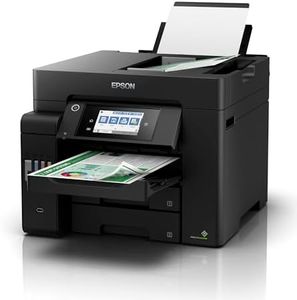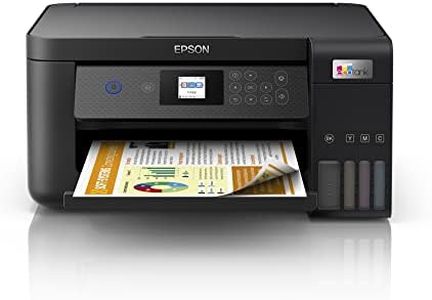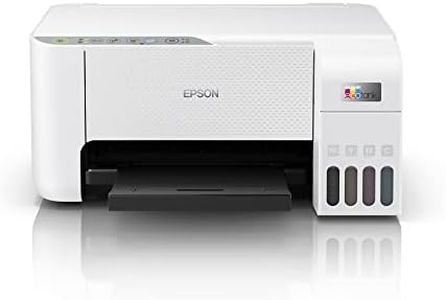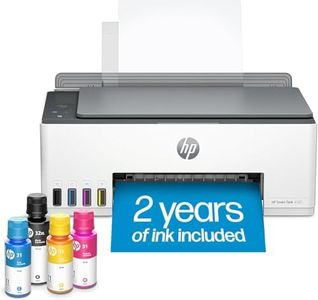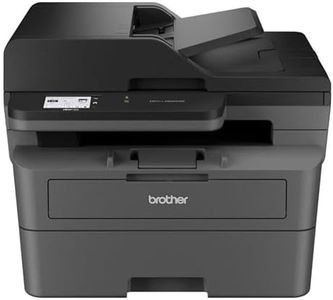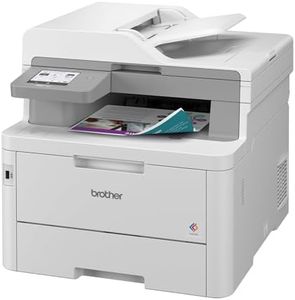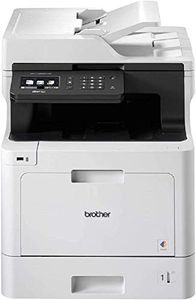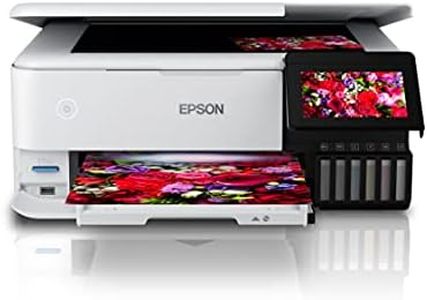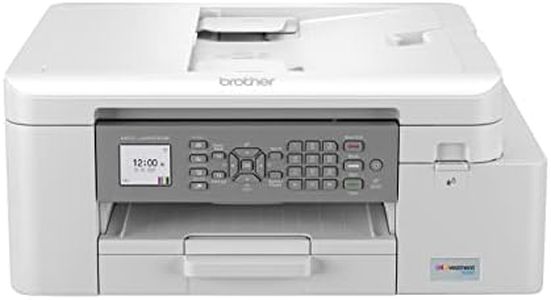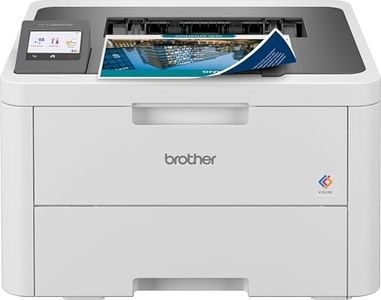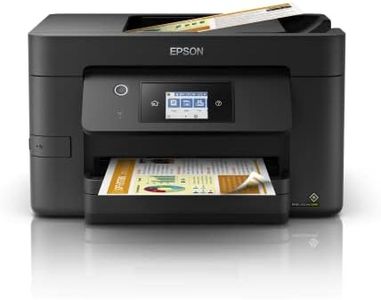We Use CookiesWe use cookies to enhance the security, performance,
functionality and for analytical and promotional activities. By continuing to browse this site you
are agreeing to our privacy policy
10 Best Inexpensive Printers
From leading brands and best sellers available on the web.Buying Guide for the Best Inexpensive Printers
Choosing an inexpensive printer may seem simple, but it's worth spending a little time to understand what you really need. Printers vary not just in price, but also in their features, print quality, and long-term running costs. Consider what you'll be using the printer for most—text documents, photos, or maybe a mix of both—and how often you'll print. Remember, the cheapest printer isn’t always the best value in the long run if you end up spending a lot on ink or repairs.Printer Type (Inkjet vs. Laser)Printer type refers to the technology used to put ink or toner onto paper. Inkjet printers use liquid ink and are better for photo printing and occasional use, while laser printers use toner and are faster and more efficient for text documents and heavy use. Inkjet printers usually cost less upfront but have higher ink costs, whereas laser printers are often more reliable and have a lower cost per page for text. Think about what you mostly print: photos and graphics point you toward inkjet, while lots of documents suggest laser.
Print SpeedPrint speed is measured in pages per minute (ppm) and indicates how quickly a printer can turn out documents or photos. For example, speeds under 10 ppm are considered slow, suitable for light home use, while speeds above 20 ppm are better for busy households or small offices. If you often print long documents or share the printer with others, a higher print speed saves time. For occasional home use, a slower printer might be perfectly adequate.
Print ResolutionPrint resolution, given in dots per inch (dpi), tells you how detailed and sharp your printouts will look. Low resolutions like 600 x 600 dpi work for basic text documents, while 1200 dpi or higher is better for sharp images and photos. If you mainly need crisp text, a standard DPI is fine, but if photo or graphics quality matters, look for higher resolution.
Connectivity OptionsConnectivity options explain how you connect your printer to devices. The most common are USB (directly to a single computer), Wi-Fi (wireless printing from multiple devices), and sometimes Bluetooth or mobile printing (apps or cloud services). If you want to print from phones or several computers, look for printers with wireless features. For a single, basic setup, USB is enough.
Operating Cost (Ink/Toner Price)The operating cost is mainly the price and yield of ink or toner cartridges. Some inexpensive printers use cartridges that don’t last long or cost a lot to replace. Check how many pages you get from a set of cartridges (called 'page yield'). A printer with a low price tag but high ink costs can end up costing more over time. If you print frequently, choose a model with affordable, long-lasting cartridges.
Paper HandlingPaper handling covers the types and amounts of paper the printer can hold or process. Standard trays hold 50-150 sheets; some more advanced models have bigger trays or support different sizes and paper types (like envelopes or cardstock). If you only print the occasional sheet, a small tray is fine, but for higher volumes or varied needs, choose a printer with better or more flexible paper handling.
All-in-One FeaturesAll-in-one features mean the printer can also scan, copy, and usually fax documents. This can be important if you need to manage paperwork beyond just printing. Simple printers only print, which is fine for basic use. If you think you’ll need to scan or copy documents, an all-in-one printer is worth considering.
